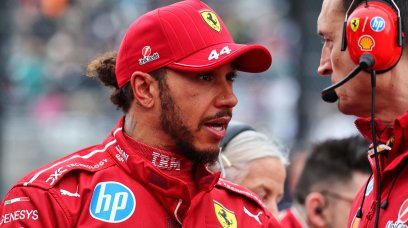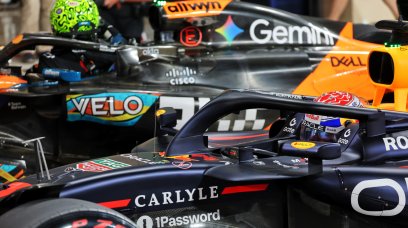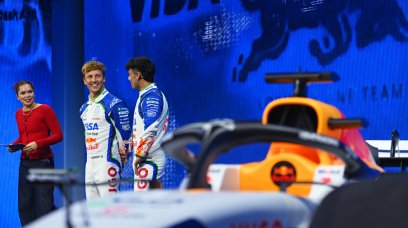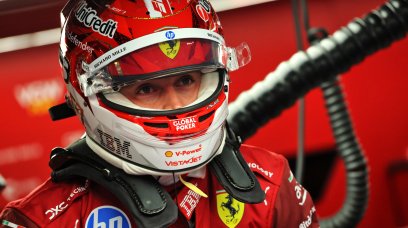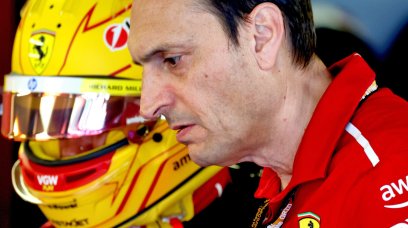Over the course of the Mexican Grand Prix weekend, we highlighted the specific characteristics of the track, with particular emphasis on its unique feature; the altitude of 2240 metres. Obviously, this factor was a real game changer for everyone, but that had a double impact on the Ferrari F1-75. On one hand, the choice made by the Maranello engineers to adopt a different, more conservative turbo mode had a significant effect. We refer to the fact that in order to reduce the stress of this component, in favour of reliability, the maximum rotation speed was reduced by almost twenty thousand revolutions per minute, reducing from the maximum allowed of 125,000 RPM to 103,000 RPM The result of this is a reduction in the power output of more than 30 BHP, but it would be a mistake to consider this drastic power cut to be the primary cause of their dull performance in Mexico.
Ferrari's aerodynamic dilemmas
The problem that severely limited the performance of the F1-75 was represented, as in previous races, by the high and rapid degradation of the tyres. This problem, in Mexico, was highlighted in all its gravity due to the intrinsic characteristics of the car's aerodynamics. Although Technical Directive 39 did not have a direct impact on the performance of the F1-75, it can be correctly said that the combination of limits imposed on vertical oscillations, coupled with the specific aerodynamic needs of this car to adopt very low ride heights, have been the biggest triggers in tyre degradation in the second part of the season. The aerodynamic configuration of the F1-75, in fact, tends to be at its most effective, in terms of downforce generated, at minimum ride height. The need to reduce vertical oscillations resulted in a further stiffening of the suspension set-up, specifically to reduce vertical oscillations not only in terms of amplitude but also vertical acceleration. In Mexico, this choice was highlighted by the obvious difficulties of F1-75 in tackling the kerbs. The car, in fact, was the most unstable in this scenario, with evident lateral sliding, induced by the poor grip obtained in the face of lateral load transfers, not aided by a less rigid suspension setting. In short, what we saw in Mexico City indicates that the limitations of F1-75, in future projection, or in view of the 2023 project, is constituted by the specific aerodynamic and dynamic performance of the car, or by its balance, determined in the second part of the season as compromise between the two factors.
Most read
